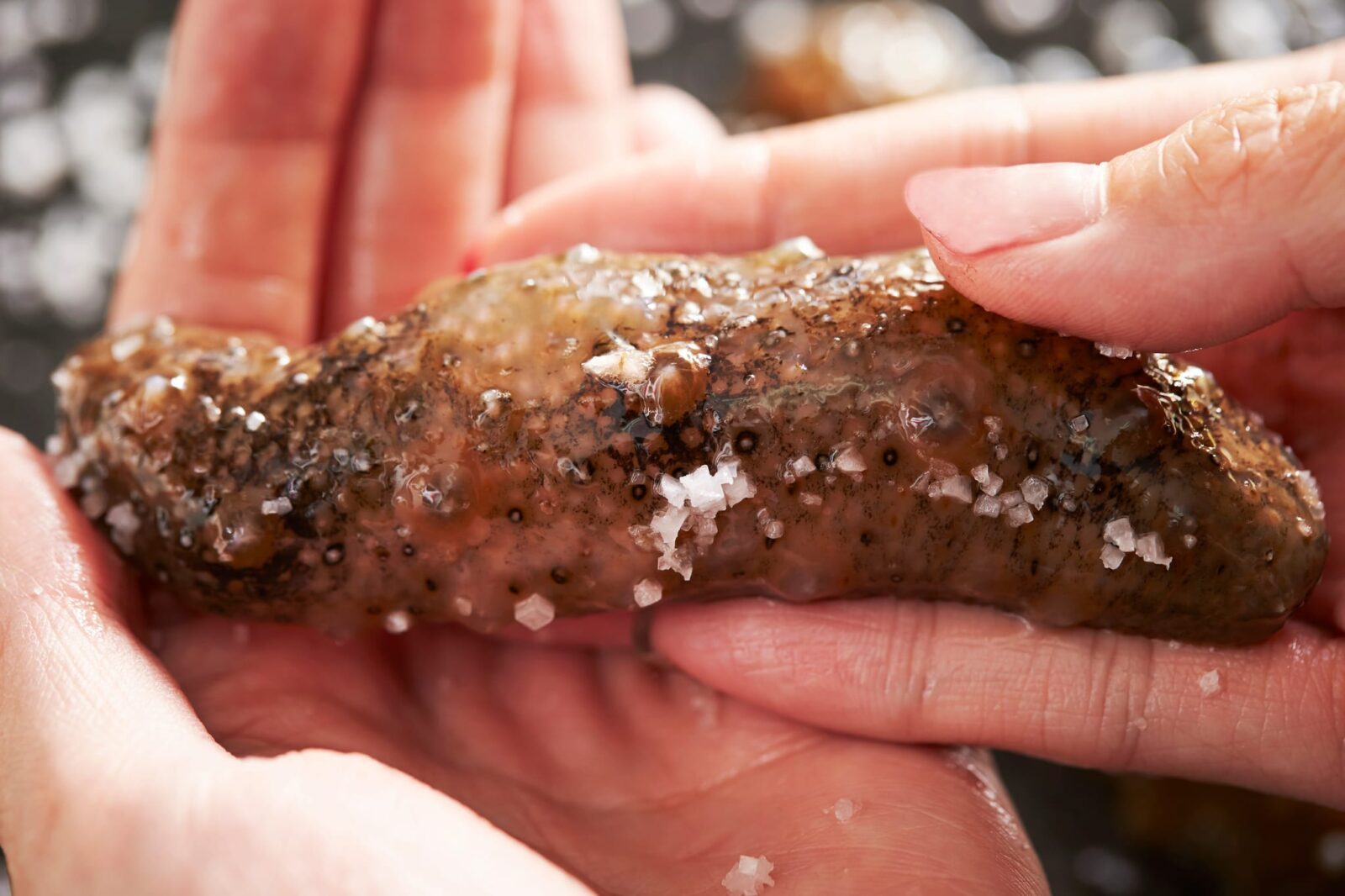Unearthing a quiet giant: Australia’s rising truffle industry

 EMERGING INDUSTRIES / Thursday, 25 July 2024
EMERGING INDUSTRIES / Thursday, 25 July 2024 
Sea cucumbers, small marine animals found on the seafloor, are characterised by elongated, soft bodies and a leathery texture, resembling the shape of a cucumber.
These cucumber-shaped animals are highly valued in some cultures, particularly in Asian cuisine, where they are often dried and consumed as a delicacy known as bêche-de-mer. Sea cucumbers are also sought after for their medicinal properties and health benefits.
While Australia’s sea cucumber market is currently small, the industry is making waves in the global market, which is currently valued at around US$4.4 billion. However, to fully capitalise on this lucrative market and further encourage growth of the local industry, the Australian industry needs to address several key challenges, including setting up hatcheries and implementing thorough biosecurity measures.
”The main considerations for farmed or ranched sea cucumber production in Australia are related to health, biosecurity and environmental risks,” AgriFutures Australia Senior Manager, Emerging Industries, Dr Olivia Reynolds explained.
“Expanding our knowledge on the feed and nutrition requirements of the species cultured is also important.”
To improve production and biosecurity knowledge, AgriFutures Australia, in collaboration with CSIRO Agriculture and Food Business Unit and CSIRO Environment Business Unit, Tasmanian Seafoods and the Northern Territory Department of Industry, Tourism and Trade, developed two manuals to support local producers.
The first manual, Sea Cucumber Health and Biosecurity: Hatchery and Nursery Guide, fills the gap in disease and biosecurity information around hatchery production. The second manual in this two-book series, Sea Cucumber Health and Biosecurity: Ranching and Grow-Out Guide, concentrates on health and biosecurity concerns in later life stages.
“These manuals are critical in assembling the existing scientific information relating to sea cucumber production. They offer a practical resource for sea cucumber producers, field extensionists and veterinarians, and identify knowledge gaps to inform future research,” Dr Reynolds said.
Supporting sustainable industry growth
Senior Research Scientist and author at CSIRO, Dr Roger Sie-Maen Chong, is optimistic about the industry’s potential. However, he acknowledges that scaling an industry is costly and requires extensive support and guidance to protect investments.
“At the moment, most of the locally produced sea cucumbers are sent overseas, and we’re barely scratching the surface of that international demand,” Dr Chong explained.
“To meet that market demand we need to increase our volume of production and that requires a lot of investment,” he said. “In order to protect that investment, we need to make sure we are well-prepared for biosecurity threats.”
While all of the existing diseases impacting sea cucumbers are currently reported overseas and not in Australia, Dr Chong believes these manuals have a significant role to play in safeguarding the future growth of the industry.
“The focus of the two manuals is to look at the existing database of diseases and provide a risk assessment system for producers to prevent and mitigate disease.
“If a disease does come to Australia, producers will have access to a practical disease-prevention and mitigation plan, presented in a digestible day-to-day format,” Dr Chong said.
Driving demand: The Prawn Plan
In Australia, the sea cucumber industry is currently characterised by wild catches totalling less than 400 tonnes. In envisioning the future of this industry, Dr Chong draws a compelling comparison to the surge in demand for prawns.
“Sea cucumber is still a novel product in Australia, but that was also the case for prawns, for example, 50 years ago.
“Now we see prawns on MasterChef and in Woolworths, but that certainly wasn’t the case 50 years ago, and I believe that the sea cucumber is on the same cycle,” Dr Chong said.
While the sea cucumber may never achieve the same iconic status as the prawn, Dr Chong believes that the high-end dining status of the sea cucumber, illustrated in his second manual with examples of its use in imperial high-end dining in the Chinese dynasty, could spark local demand for the delicacy in the future.
Driven by the need for comprehensive knowledge and proactive biosecurity measures, the development of these health and biosecurity manuals by AgriFutures Australia and collaborative research efforts led by institutions like CSIRO, signify a pivotal step towards boosting future demand.
 TRUFFLES / 25.07.24
TRUFFLES / 25.07.24  HONEY BEE & POLLINATION / 25.07.24
HONEY BEE & POLLINATION / 25.07.24  WORKFORCE AND LEADERSHIP / 25.07.24
WORKFORCE AND LEADERSHIP / 25.07.24  RICE / 25.07.24
RICE / 25.07.24